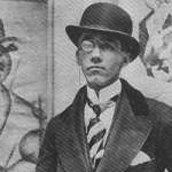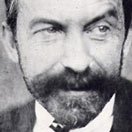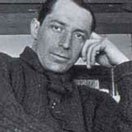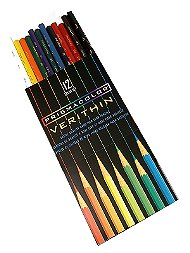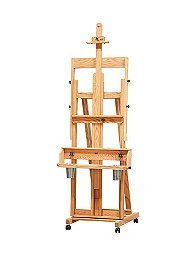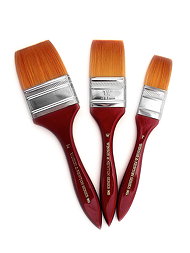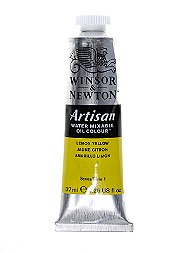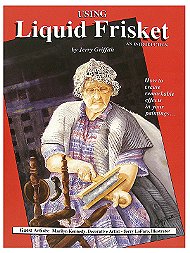Gino Severini
(1883 - 1966)
Born: Cortona, Italy
Style: Futurism
Famous Works:
Before deciding to become an artist, Gino Severini's life had been decidedly unexceptional. Severini grew up poor and faced expulsion from the Italian school system at the age of fifteen. After moving to Rome and finding work as a shipping clerk, Severini developed an interest in art and enrolled in classes during his spare time. Severini became friends with Umberto Boccioni, and the two studied under Giacomo Balla who introduced them to the principles of Divisionism. Inspiration found Severini in Paris, where he moved in 1906, and became friends with Amedeo Modigliani. In this way he became a link between the work of the French avant-garde painters and sculptors, and the Futurist movement in Italy. Futurism sought to portray objects by understanding their potential for movement, by portraying an additional continuum of time. This is in contrast to Cubists, who were looking at the spatial concept of multiple points of view. In 1910, Severini became a formal member of the Futurist movement by signing its manifesto. Though he was officially connected to the Futurists, Severini's work continued to demonstrate Cubist influences as well as elements of Divisionism he had first seen in Giacomo Balla's work. Severini was adept in the Futurist style, and though he completed several works that explore the dynamism of war and locomotion, his works featuring dancers are the ones that set him apart. Beginning in 1916, Severini explored the Neo-classical style, moving away from Cubism and Futurism. During this period he completed one of his most recognizable works, Pierrot the Musician. Severini went on to work in mosaic and fresco, completing many commissioned murals, even dabbling in abstraction before eventually revisiting his earlier theme of dancers in motion. Severini's work reflects the influence of his extraordinary group of friends, including Pablo Picasso, Juan Gris, and even Georges Seurat. Evident in his work is inspiration from Seurat's use of localized, brilliant color, the Cubists' emphasis on objects or words as symbols, and the Futurists' kaleidoscope of time and motion. Throughout his career, Severini continually worked to synthesize multiple styles, and in doing so, created his own.
Latest Product Reviews
Sumi-E Sketch Pads work very well for my Batik projects. Great quality. Lots of pages.
- Jennifer W. in Boise, Idaho
I bought this and used it instead of wallpaper paste to decorate rooms using free maps from states and illustrations and photographs from cook books, travel books bought cheap at libraries and garage sales. It works well and allows me to change things on a whim. This is the best I've used so far.
- J.C. in Illinois
nice product
- Mateen Talib in North Carolina
Free Download for Kids
 Download FREE coloring
Download FREE coloring
book pages to color at
home or school.
View Pages »
 Download FREE coloring
Download FREE coloring








